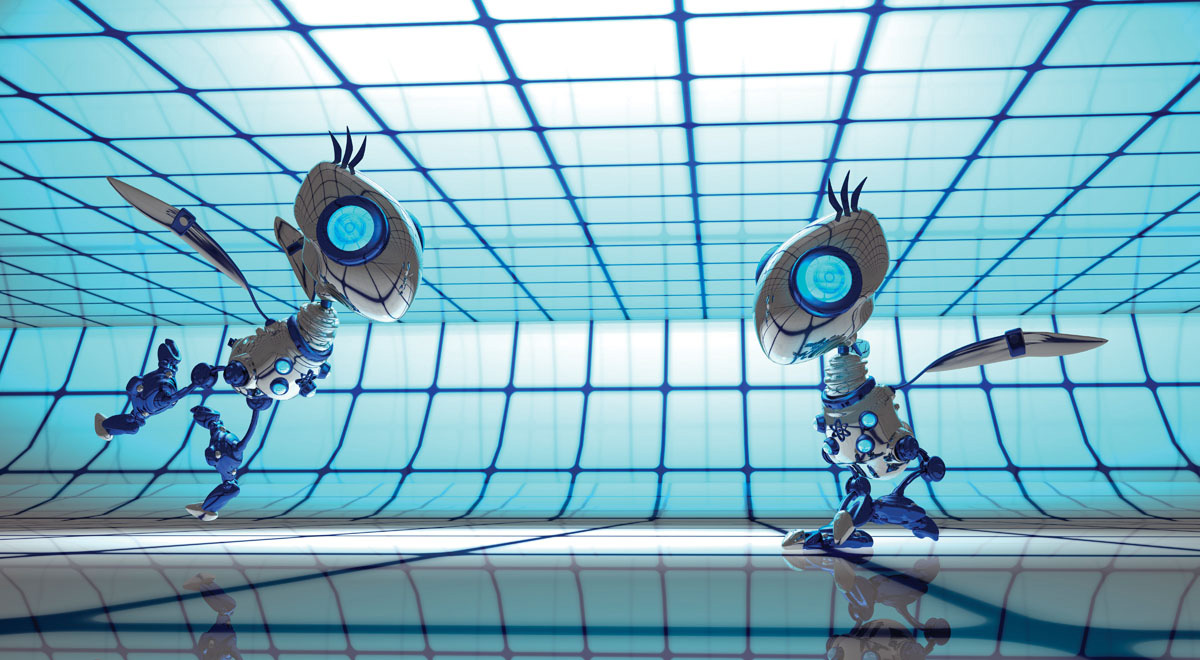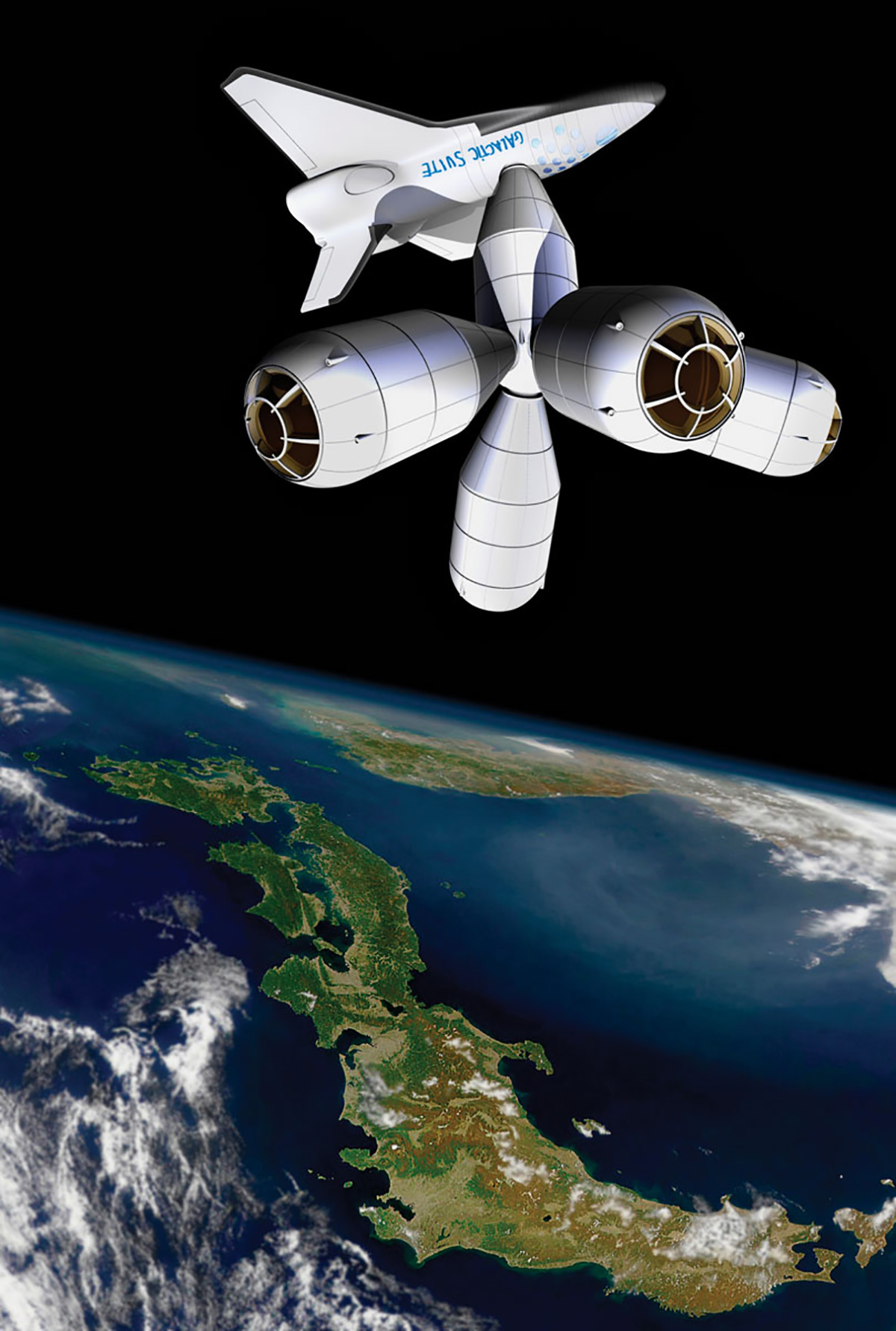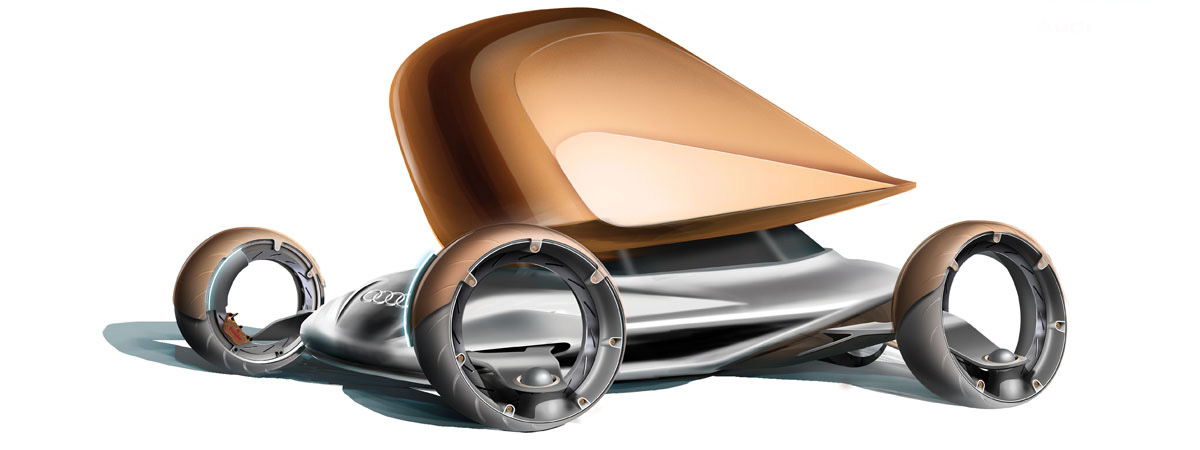 With NASA’s recent discover of water on the moon just in time for the turn of the decade, 2010 and beyond is looking great for those of us who love to give and receive. The solar system is the limit when it comes to the multitude of options for futuristic gifts to start saving for as soon as the clock strikes midnight this year.
With NASA’s recent discover of water on the moon just in time for the turn of the decade, 2010 and beyond is looking great for those of us who love to give and receive. The solar system is the limit when it comes to the multitude of options for futuristic gifts to start saving for as soon as the clock strikes midnight this year.
You’ll want to leave your skis and poles at home for a vacation that promises to give you and yours the experience of a lifetime. If finding more time to travel keeps making its way into your New Year’s resolution list, then 2012 can be the year you scratch the travel itch. In a truly out of this world getaway, a company called The Galactic Suite Project is building the world’s first outer-space hotel, and they’re taking reservations. The Galactic Suite Space Resort pledges to be “the ride of your life.” And with good reason!
 “We want to create a transcendental experience,” says Aryadna Pueyo, Chief Communications Officer for the project. The best part is that the trip literally offers the best of both worlds. Space tourists will spend several weeks in the Caribbean paradise island that will host the SpacePort. Visitors will relax and undergo astronaut training before being launched into space at speeds of nearly 17,500 mph within 10 minutes of take-off.
“We want to create a transcendental experience,” says Aryadna Pueyo, Chief Communications Officer for the project. The best part is that the trip literally offers the best of both worlds. Space tourists will spend several weeks in the Caribbean paradise island that will host the SpacePort. Visitors will relax and undergo astronaut training before being launched into space at speeds of nearly 17,500 mph within 10 minutes of take-off.
Once onboard the Space Resort, which will orbit Earth 15 times a day at an average speed of nearly 20,000 mph, guests will spend four to six days in a weightless state, witnessing a sunrise and sunset every 45 minutes, while taking part in some very unusual activities, to say the least.
 The space-age retreat will feature space baths, space sports and some serious stargazing, with more lures in development. “While glancing at Earth and the stars from the modules, we hope passengers realize how fragile the Earth is, and therefore, act accordingly when they come back to Earth,” says Pueyo.
The space-age retreat will feature space baths, space sports and some serious stargazing, with more lures in development. “While glancing at Earth and the stars from the modules, we hope passengers realize how fragile the Earth is, and therefore, act accordingly when they come back to Earth,” says Pueyo.
If the idea of leaving the planet makes you a little uneasy (or very queasy), just bring your loved ones along for moral support. The company accommodates family members wishing to accompany travelers during the training process and the two-week, post-flight recovery period. With a price tag of about $4.5 million, you’re guaranteed to have a good time in and out of orbit.
Even before George Jetson showed off his shiny aero car, humans have been looking forward to the age of flying cars. Today, they’re making their debut in the form of land and air vehicles like the Terrafugia, a crossover between a passenger car and small aircraft that is designed for pilots who will drive locally and fly longer distances. In other words, it’s not made for the driver who’s looking for a faster commute to work, and we’re thinking it’s better that way. How much safer could I-95 be from the air and without road markings?
 Fast forward to 2030 and just imagine how the big red ribbon will look on this one. It may appear more like the SpaceResort than an actual car, but Audi’s premise makes this the future of driving. It comes in the form of autonomy, granted by two vehicle concepts based on comprehensive digital environments: the eSpira and the eOra. “An ultimate technological tour-de-force whose image will stir every kid’s imagination,” is what Audi aspires to deliver with the eSpira, which will use next-generation control logic to perform, taking even the tiniest body movements and gestures of the driver into account. In other words, cars will operate in much the same way we breathe. With its “small footprint and unmatched agility,” the eOra will, too, adapt to the driver’s motions and intentions. Pretty sweet, right?
Fast forward to 2030 and just imagine how the big red ribbon will look on this one. It may appear more like the SpaceResort than an actual car, but Audi’s premise makes this the future of driving. It comes in the form of autonomy, granted by two vehicle concepts based on comprehensive digital environments: the eSpira and the eOra. “An ultimate technological tour-de-force whose image will stir every kid’s imagination,” is what Audi aspires to deliver with the eSpira, which will use next-generation control logic to perform, taking even the tiniest body movements and gestures of the driver into account. In other words, cars will operate in much the same way we breathe. With its “small footprint and unmatched agility,” the eOra will, too, adapt to the driver’s motions and intentions. Pretty sweet, right?
 In any case, you don’t have to launch your family and friends into outer space or get them a cool new aerodynamic set of wheels (or wings) in order to impress them. Consider a robot instead: a virtual or mechanical artificial agent guided by computer or electronic programming, thus able to do work on its own. In order words, your new BFF. In 2007, ABI Research forecasted that the robot industry would amount to $15 billion in 2015. This was after Honda’s ASIMO Humanoid made its debut, intriguing consumers and causing a boom in the popularity of the e-pet market with creations like iCAT, a.k.a. “The Emotional RoboCat” from Philps Research, that plays games, tells you if you’re cheating, cracks a few jokes when appropriate and controls your home and calendar as part of its daily chores. Many other toy manufactures released their own versions of electronic Fidos, fishes and almost any other animal you can imagine including tigers, seals and even e-mosquitos. In 2005, Honda unveiled The New ASIMO, an astronaut-looking humanoid robot that could walk, run and detect movements via the mounted camera on its head. ASIMO was redesigned to identify its positioning, the source of sounds and even respond to questions by way of a brief nod or shake of the head. At 4 feet 3 inches tall, this ASIMO was designed to be smarter than a 5th grader, although the idea fell flat on its face…literally.
In any case, you don’t have to launch your family and friends into outer space or get them a cool new aerodynamic set of wheels (or wings) in order to impress them. Consider a robot instead: a virtual or mechanical artificial agent guided by computer or electronic programming, thus able to do work on its own. In order words, your new BFF. In 2007, ABI Research forecasted that the robot industry would amount to $15 billion in 2015. This was after Honda’s ASIMO Humanoid made its debut, intriguing consumers and causing a boom in the popularity of the e-pet market with creations like iCAT, a.k.a. “The Emotional RoboCat” from Philps Research, that plays games, tells you if you’re cheating, cracks a few jokes when appropriate and controls your home and calendar as part of its daily chores. Many other toy manufactures released their own versions of electronic Fidos, fishes and almost any other animal you can imagine including tigers, seals and even e-mosquitos. In 2005, Honda unveiled The New ASIMO, an astronaut-looking humanoid robot that could walk, run and detect movements via the mounted camera on its head. ASIMO was redesigned to identify its positioning, the source of sounds and even respond to questions by way of a brief nod or shake of the head. At 4 feet 3 inches tall, this ASIMO was designed to be smarter than a 5th grader, although the idea fell flat on its face…literally.
 Less concerned with humanlike features, a Massachusetts company called Smart Robots features a line of automatons that have every potential to become your pal, even without hands to hold! Now sold to and used in university labs, these artificially intelligent friends are positioned to make their way into homes. “Soon, mobile intelligent robots will distinguish themselves by the unique tasks they are called upon and fashioned to perform,” says Smart Robots Founder & CEO Joe Bosworth. In other words, don’t expect them to wear your clothes, but do expect them to help with household chores. “How boring would it be if all robots were destined to look like us?!”
Less concerned with humanlike features, a Massachusetts company called Smart Robots features a line of automatons that have every potential to become your pal, even without hands to hold! Now sold to and used in university labs, these artificially intelligent friends are positioned to make their way into homes. “Soon, mobile intelligent robots will distinguish themselves by the unique tasks they are called upon and fashioned to perform,” says Smart Robots Founder & CEO Joe Bosworth. In other words, don’t expect them to wear your clothes, but do expect them to help with household chores. “How boring would it be if all robots were destined to look like us?!”
 Bosworth has plenty of faith in the evolution of robots, so to speak, especially after witnessing six autonomous vehicles driving through an abandoned military base and following the standard traffic rules for six hours straight. Stop signs, street lights…all were obeyed.
Bosworth has plenty of faith in the evolution of robots, so to speak, especially after witnessing six autonomous vehicles driving through an abandoned military base and following the standard traffic rules for six hours straight. Stop signs, street lights…all were obeyed.
Although no one has the proverbial crystal ball quite figured out yet, it seems that some of the world’s greatest minds are heading in the right direction when it comes to technological advances that will make all our lives easier — and our wish lists a whole lot cooler for years to come!











